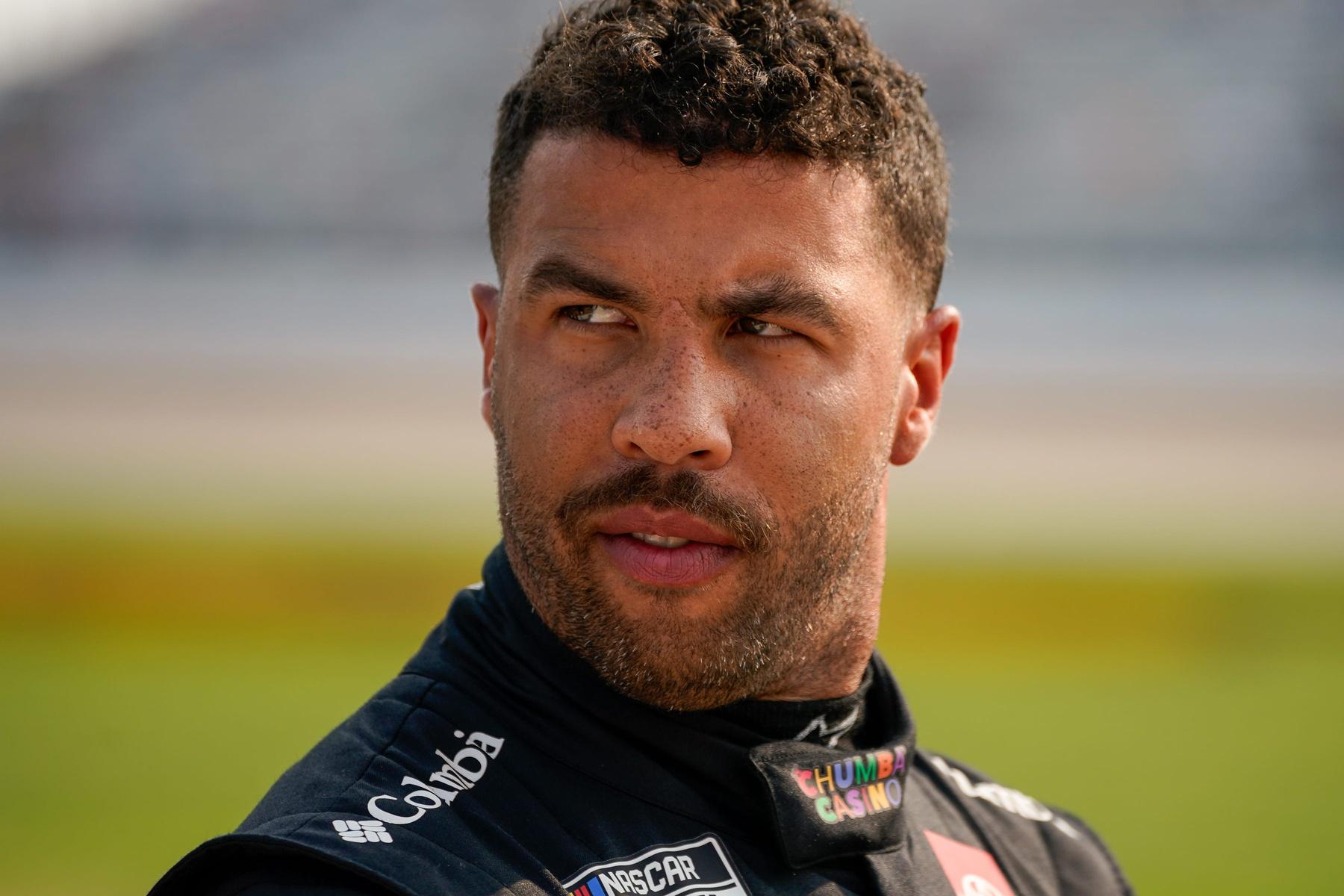Collision at Pocono: A Wake-Up Call for NASCAR Safety
In a shocking incident at Pocono Raceway, NASCAR enthusiasts were left stunned as teammates from 23XI Racing, Bubba Wallace and Riley Herbst, found themselves in a dramatic crash during a pivotal race moment. The event has raised significant concerns following reports of what the team described as a severe brake malfunction that culminated in an explosive collision on the track. fortunately, both drivers emerged from the wreckage without serious injuries; though, this incident has sparked discussions about its implications for the team’s future performance and overall safety standards within NASCAR.As more facts comes to light, the racing community is left to ponder how to enhance safety measures in this high-speed sport.
Bubba Wallace and the Brake Failure Incident: Analyzing Mechanical Challenges
The events at Pocono serve as a critical reminder of the mechanical hurdles faced by drivers in NASCAR’s intense environment.During this race, Bubba Wallace experienced a catastrophic brake failure on his 23XI vehicle that led to an uncontrollable situation on track. Eyewitnesses reported that it appeared as if his brakes had failed dramatically, resulting in him losing command of his car. This malfunction not only impacted Wallace’s performance but also triggered an unfortunate chain reaction involving Riley Herbst—highlighting just how vital proper vehicle maintenance and engineering are for driver safety. Drivers rely heavily on their cars’ flawless operation; when essential components like brakes fail unexpectedly, it can lead to dire consequences.
The fallout from this incident goes beyond immediate race outcomes; teams must now reevaluate their mechanical protocols to avert similar failures moving forward. Understanding potential causes behind brake malfunctions is crucial for improving safety standards in racing environments:
- Component Degradation: Continuous exposure to extreme racing conditions can wear down brake parts over time.
- Poor Cooling Systems: Inadequate cooling may result in overheating issues that compromise braking efficiency.
- Manufacturing Defects: Flaws during production could lead to unexpected failures of critical components like pads or rotors.
The table below outlines key factors contributing to brake failures within NASCAR:
| Causal Factor | Description |
|---|---|
| Component Degradation | Regular use can lead to wear and tear of braking systems. |
| poor Cooling Efficiency | An inability to manage heat effectively can reduce braking power. |
| Manufacturing Quality Control | Inefficiencies or defects during manufacturing processes may result in component failure. |
A comprehensive understanding of these factors is essential as NASCAR continues pushing technological boundaries while prioritizing driver safety amidst these challenges.
Riley Herbst’s challenges Post-Collision: Evaluating Race Implications
The aftermath of the collision between Bubba Wallace and Riley Herbst has reverberated throughout the entire NASCAR community. Observers noted how unexpected this crash was—especially considering prior discussions surrounding braking system reliability among various teams leading up to this event. As both drivers regroup after such an intense experiance,thay face not only physical repercussions but also significant challenges ahead with upcoming races; especially concerning Herbst’s No. 98 car which sustained extensive damage likely impacting his championship aspirations moving forward.
This incident has ignited broader conversations regarding pit equipment standards and overall safety protocols within motorsport environments:
- An Investigation into Braking Systems: A thorough review into 23XI Racing’s braking mechanisms is currently underway following these events.
- A Focus on driver Welfare: The need for enhanced driver protection measures becomes increasingly apparent after incidents like these prompt reassessments of existing protocols.
- Evolving Standings Impact: Both racers might experience shifts within their standings due directly due impacts from this race outcome affecting end-of-season forecasts substantially.
| Driver Name | Car Number | Impact assessment | |
|---|---|---|---|
| Bubba Wallace td > << td >23< / td >< / tr > | Minor damage with potential readiness for next race< / td >< / tr >
<< tr >< td >Riley Herbst< / td >< | 98< / td >< | Severe damage requiring extensive repairs< / td > tr >
< /tbody > table > < /div > Enhancing Safety Protocols: Preventing Future Brake Failures in NASCAR< p />Moreover investing into advanced technologies capable real-time monitoring systems detecting faults while races progress would greatly enhance overall security levels .Establishing clear guidelines around performance expectations durability requirements will be vital reducing risks associated with unforeseen breakdowns occurring unexpectedly. To support collaborative efforts amongst teams creating knowledge-sharing platforms where experiences reporting successes/failures could foster unity around common goals enhancing driver protection across tracks nationwide.< p /> < /section > Conclusion: Reflecting on Lessons Learned from Pocono Collision Events and Future Directions for Team Performance in Nascar and Beyond h2 >The dramatic turn taken during recent events witnessed at Pocono Raceway serves not only highlight tensions present but also raises pressing questions surrounding vehicle reliability alongside necessary improvements needed ensuring optimal conditions exist throughout competitive circuits alike . With investigations ongoing both racers must evaluate strategies ahead upcoming competitions closely monitored by fans analysts eager see how responses unfold addressing setbacks encountered ultimately shaping future performances amid fierce competition inherent within world-renowned series known simply put :NASCAR! p /> |










